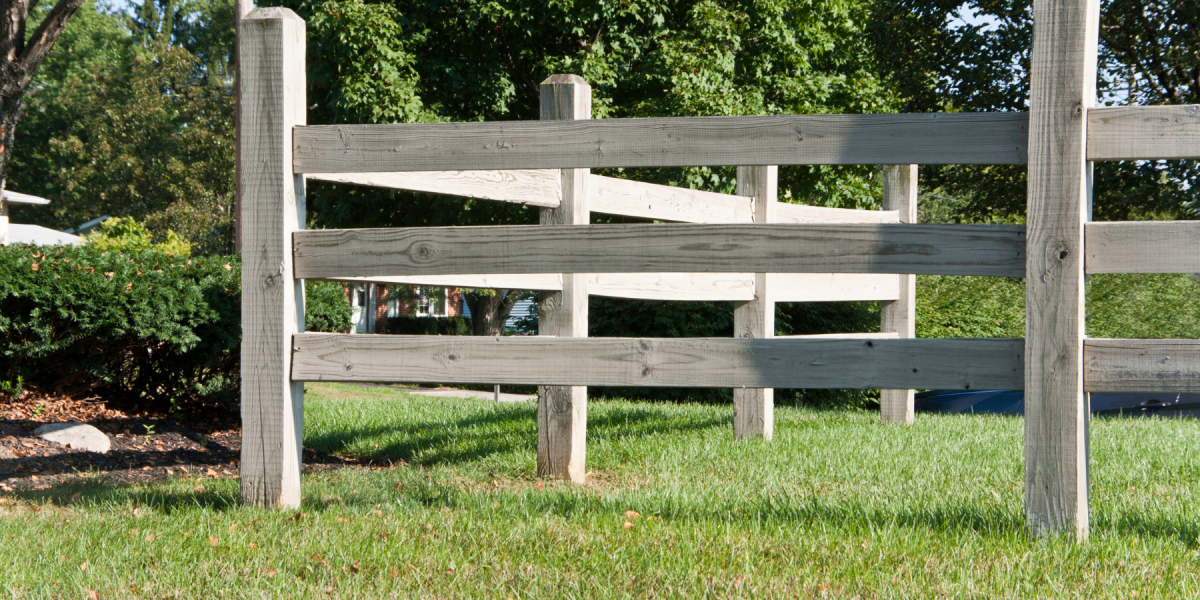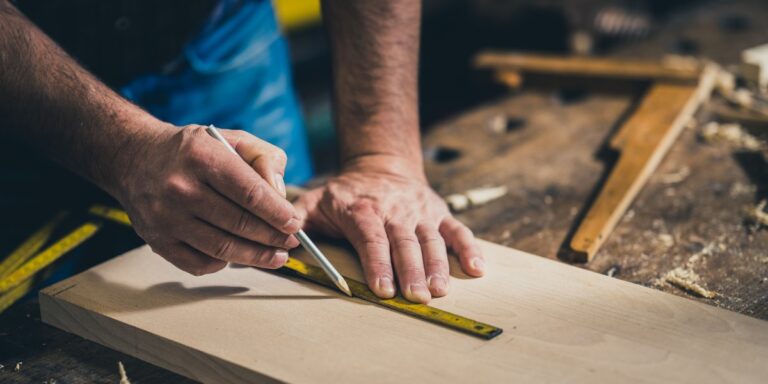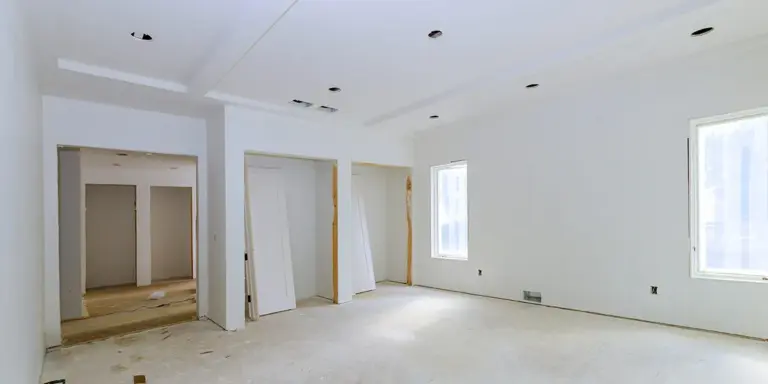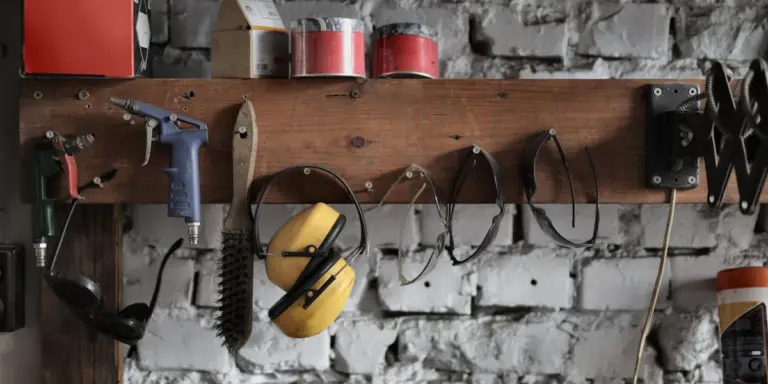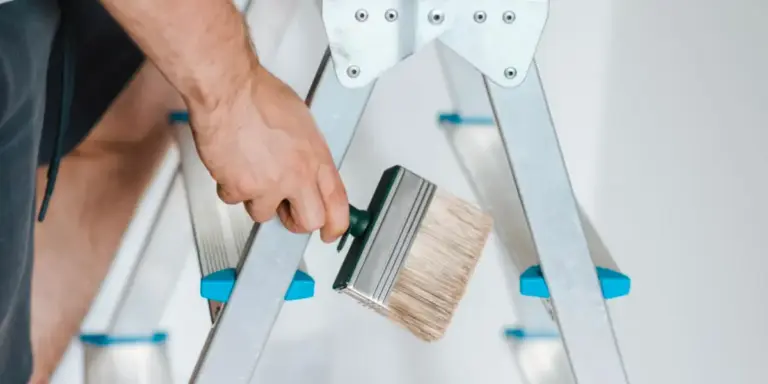Repair a Broken Fence with These Tools
Fences take a beating over time. Weather, age, and the occasional bump from a lawnmower or wayward tree branch can wear them down. Whether your fence is wooden, vinyl, or chain link, chances are you’ll eventually find yourself facing loose boards, leaning posts, or cracked panels. I’ve dealt with all of those and more—and I’ve learned that you don’t need fancy equipment or a professional crew to get your fence back into shape. If you want to repair a broken fence with these tools, it’s not only possible, it’s actually a pretty satisfying weekend project.
All it takes is a little time, some know-how, and the right tools. With a few essentials and a systematic approach, I’ve been able to bring fences back to life that looked beyond hope. It doesn’t matter if the damage is cosmetic or structural—what matters is taking action before the issue spreads.
Let me walk you through everything I’ve learned about how to repair a broken fence with these tools so you can get the job done efficiently and with confidence.
Assessing the Damage
Before picking up a single tool, I always inspect the fence from end to end. I look for rotting wood, rusted hardware, loose fasteners, cracked or split boards, and leaning or wobbly posts. Sometimes the damage is isolated to one section. Other times, it turns out several parts of the fence need work.
I take photos, make notes, and decide which repairs are structural and which are just cosmetic. This makes it easier to gather the right materials and decide what I can realistically finish in one or two days. Fixing a broken fence doesn’t always mean rebuilding it—you can often repair a broken fence with these tools and save yourself the expense of total replacement.
Essential Tools for Fence Repair
I’ve tried to keep things simple when it comes to tool selection. Most of the repairs I’ve done use standard tools found in any DIY toolbox:
- Hammer or mallet
- Cordless drill and bits
- Screwdrivers (flathead and Phillips)
- Pry bar or crowbar
- Post level and standard level
- Shovel or post hole digger
- Saw (hand saw or circular saw)
- Measuring tape
- Clamps
- Wrench set or socket set
- Wire cutters (for chain link fences)
I also keep a bucket of fasteners—screws, nails, carriage bolts, lag bolts—on hand so I don’t have to run back and forth to the hardware store. With this basic kit, I’ve been able to handle almost every type of fence repair, from reattaching panels to replacing entire posts.
Replacing Damaged Wooden Boards
Wooden fences tend to have issues like cracked or rotting boards, especially in wet climates. When I spot a damaged board, the first step is removing it. I use a pry bar to gently loosen the nails or screws, trying not to damage the surrounding boards. Once the damaged piece is out, I measure the gap and cut a new board to fit.
I pre-drill holes to prevent splitting and attach the board with exterior screws. I also seal the wood with a weatherproof finish, especially if the fence doesn’t already have one. You can repair a broken fence with these tools quickly, and it instantly improves the look and structure of the fence.
Reinforcing or Replacing Fence Posts
Leaning or loose posts are a bigger problem, since the entire structure depends on them. I start by testing the post’s base—if it wobbles or moves easily, chances are the footing has failed or rotted out. The fix depends on how bad the damage is.
For minor leaning, I use a post level, dig out the base, straighten the post, and pour in fresh concrete around it. I brace it with stakes and let it set for 24–48 hours.
If the post is totally rotted or broken, I dig it out entirely using a shovel or post hole digger. Then I drop in a new treated wood or metal post and anchor it with fast-setting concrete. Installing a new post may seem like a big job, but with the right tools and prep, it’s surprisingly doable.
To repair a broken fence with these tools, addressing the foundation—literally—makes all the difference in long-term stability.
Tightening Loose Rails or Crossbeams
Rails are the horizontal supports that hold fence boards or pickets in place. Over time, they can sag, pull away from posts, or rot. I check for movement by pressing on them gently—any flex means it’s time for repair.
I usually reinforce sagging rails with metal brackets or wood scabs—small blocks of wood that I screw into both the post and the rail to add strength. For rails that have come loose from the post, I use heavy-duty exterior screws or lag bolts to reattach them.
If a rail is rotted through, I cut it out using a saw and replace it with a new board. It’s one of the most critical parts of the fence, and repairing or replacing it ensures the whole panel stays strong.
Fixing Chain Link Fence Issues
Chain link fences don’t suffer from rot, but they have their own set of problems—sagging mesh, broken ties, and bent top rails. To repair a broken fence with these tools in this context, I start by tightening the mesh.
I use pliers or a tension bar to stretch the mesh taut again, then re-secure it with new fence ties or clips. For bent top rails, I either straighten them with a mallet and pipe wrench or replace the section entirely using a hacksaw and coupling sleeves.
If the mesh has holes or rusted areas, I cut out the damaged portion and weave in a new piece using pliers and wire ties. Chain link is more forgiving than wood, but it still needs regular upkeep to look good and function well.
Repairing Vinyl Fence Panels
Vinyl fences are low-maintenance, but panels can crack or become dislodged. I inspect the panel for signs of damage, and if the crack is small, I use vinyl repair kits to seal it. For larger breaks, I remove the panel entirely by detaching it from the posts and sliding in a new one.
The trick with vinyl is making sure the posts are level and secure before installing anything new. I use a level and tape measure to keep everything aligned, then secure the panels with the manufacturer’s recommended hardware.
This type of repair often requires less brute force and more finesse—but again, you can repair a broken fence with these tools without needing power saws or expensive specialty gear.
Repainting or Sealing the Fence
Once structural repairs are complete, I like to give the fence a cosmetic refresh. For wood fences, this means sanding down rough areas and applying a fresh coat of paint or weatherproof stain. I use a paintbrush for detail work and a roller or sprayer for broad surfaces.
If you’re working with chain link or metal, a rust-proof spray paint helps extend the life and brighten the appearance. This final touch not only improves curb appeal but also helps prevent future damage from the elements.
Even something as simple as repainting with a brush can go a long way to repair a broken fence with these tools—because protection is part of repair.
Safety Tips and Final Touches
No matter what type of fence I’m working on, I always wear gloves, eye protection, and boots. Splinters, nails, and falling boards are all hazards, especially when removing old parts. I also double-check the fence line for underground cables or irrigation lines before digging.
After repairs, I inspect the entire fence to ensure every panel, board, or section is sturdy and aligned. I walk the perimeter, give the posts a shake, and look for any spots I might have missed.
Securing gates is another final step I never overlook. I check latches, hinges, and alignment to make sure everything opens and closes smoothly. A gate that drags or doesn’t close properly can cause wear over time, undoing all the hard work.
Budgeting and Materials
Fence repair doesn’t have to cost a fortune. Most of the time, I’ve spent less than $100 to fix a section of fence—much less than replacing it entirely. Common repair materials I keep on hand include:
- Pressure-treated wood
- Fence boards or pickets
- Galvanized screws or nails
- Concrete mix
- Vinyl patch kits or replacement panels
- Fence ties or clips
- Paint or stain
- Brackets and mending plates
With smart shopping and a bit of scavenging (sometimes I reuse boards from other projects), I’ve saved even more. You can definitely repair a broken fence with these tools without draining your wallet.
Final Thoughts
It’s easy to look at a broken fence and feel overwhelmed, but with the right mindset and a basic toolset, most repairs are well within reach. Whether it’s replacing boards, fixing posts, tightening mesh, or touching up paint, I’ve found that consistent maintenance is the key to keeping fences strong and beautiful.
Learning how to repair a broken fence with these tools empowers you to take ownership of your property and build real skill along the way. The next time you spot a wobbly post or cracked panel, don’t wait—grab your tools and get to work. The fix is probably easier than you think, and the reward is a safer, cleaner, and more functional outdoor space.
So go ahead—take a walk along your fence line and see what needs attention. The tools are in your garage, the time is now, and your fence will thank you.

